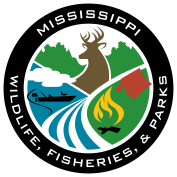
Whether you're a wildlife manager, landowner, or outdoor enthusiast, understanding how to manage wildlife and their habitats is key to conservation success. Dive into a collection of the some of the best books on wildlife management—from species ecology to habitat restoration and land stewardship. These resources are perfect for anyone looking to expand their knowledge or make informed decisions for the property they manage.
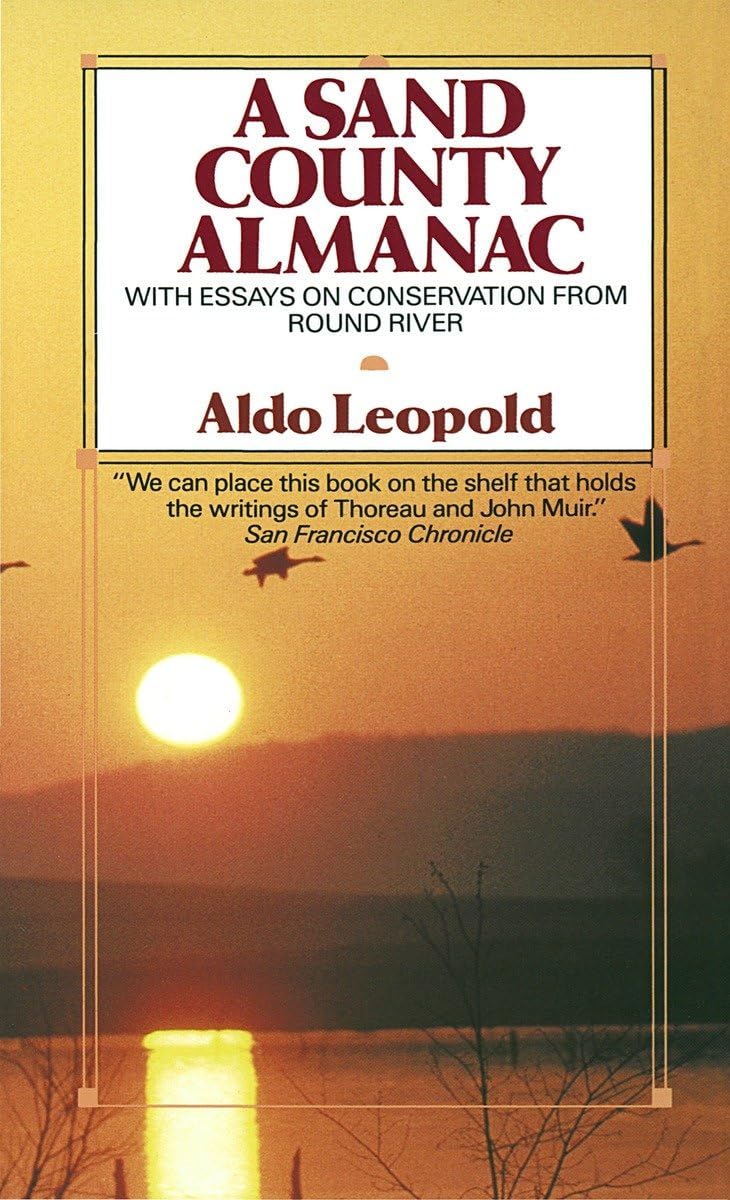
A Sand County Almanac by Aldo Leopold (Author)
The environmental classic that redefined the way we think about the natural world—an urgent call for preservation that’s more timely than ever.
These astonishing portraits of the natural world explore the breathtaking diversity of the unspoiled American landscape—the mountains and the prairies, the deserts and the coastlines. Conjuring up one extraordinary vision after another, Aldo Leopold takes readers with him on the road and through the seasons on a fantastic tour of our priceless natural resources, explaining the destructive effects humankind has had on the land and issuing a bold challenge to protect the world we love.
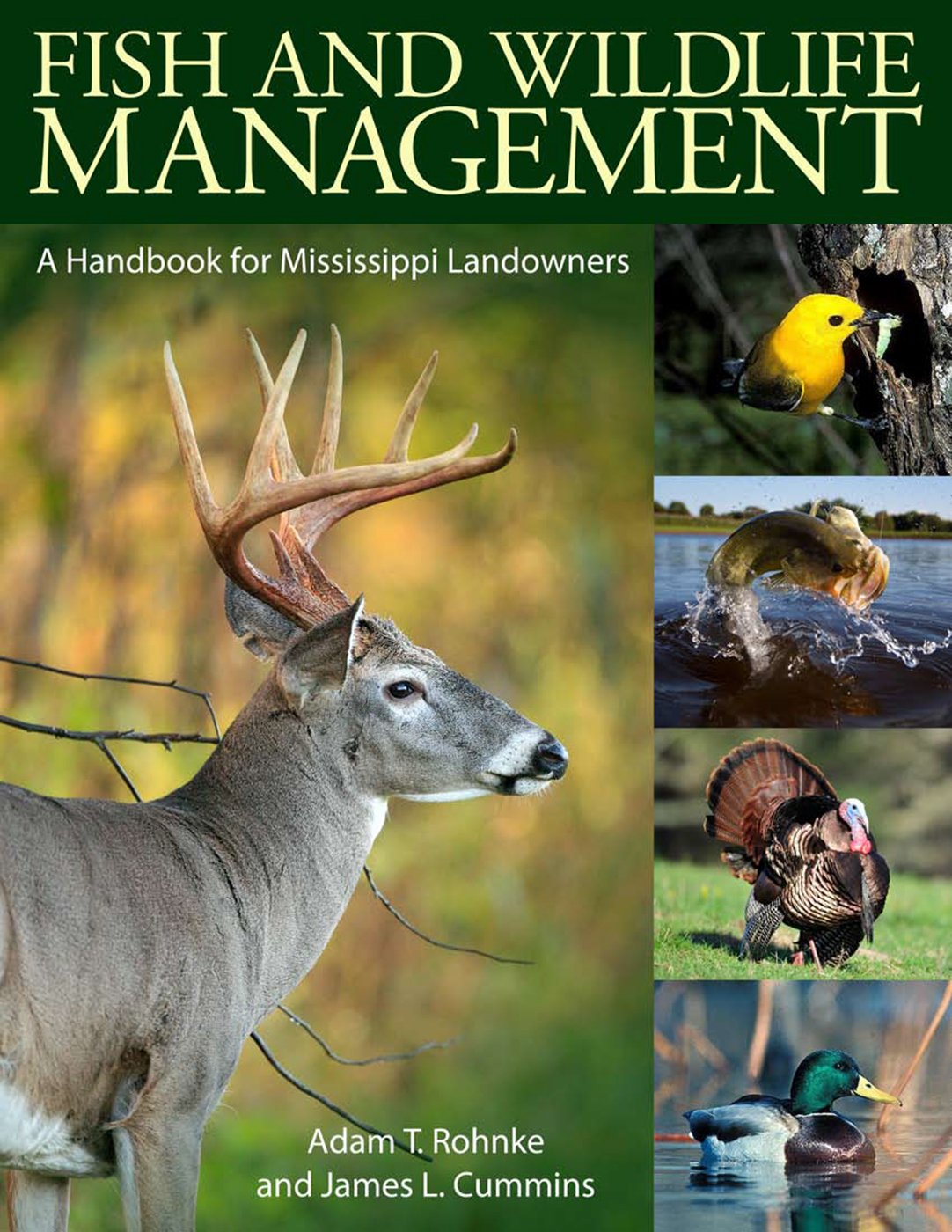
Fish and Wildlife Management: A Handbook for Mississippi Landowners by Adam T. Rohnke (Editor) and James Cummins (Editor)
This book is a collection of in-depth discussions by a tremendous range of experts on topics related to wildlife and fisheries management in Mississippi. Leading professionals who work every day in Mississippi with landowners on wildlife and fisheries management created this indispensable book. The up-to-date and applicable management techniques discussed here can be employed by private landowners throughout the state.
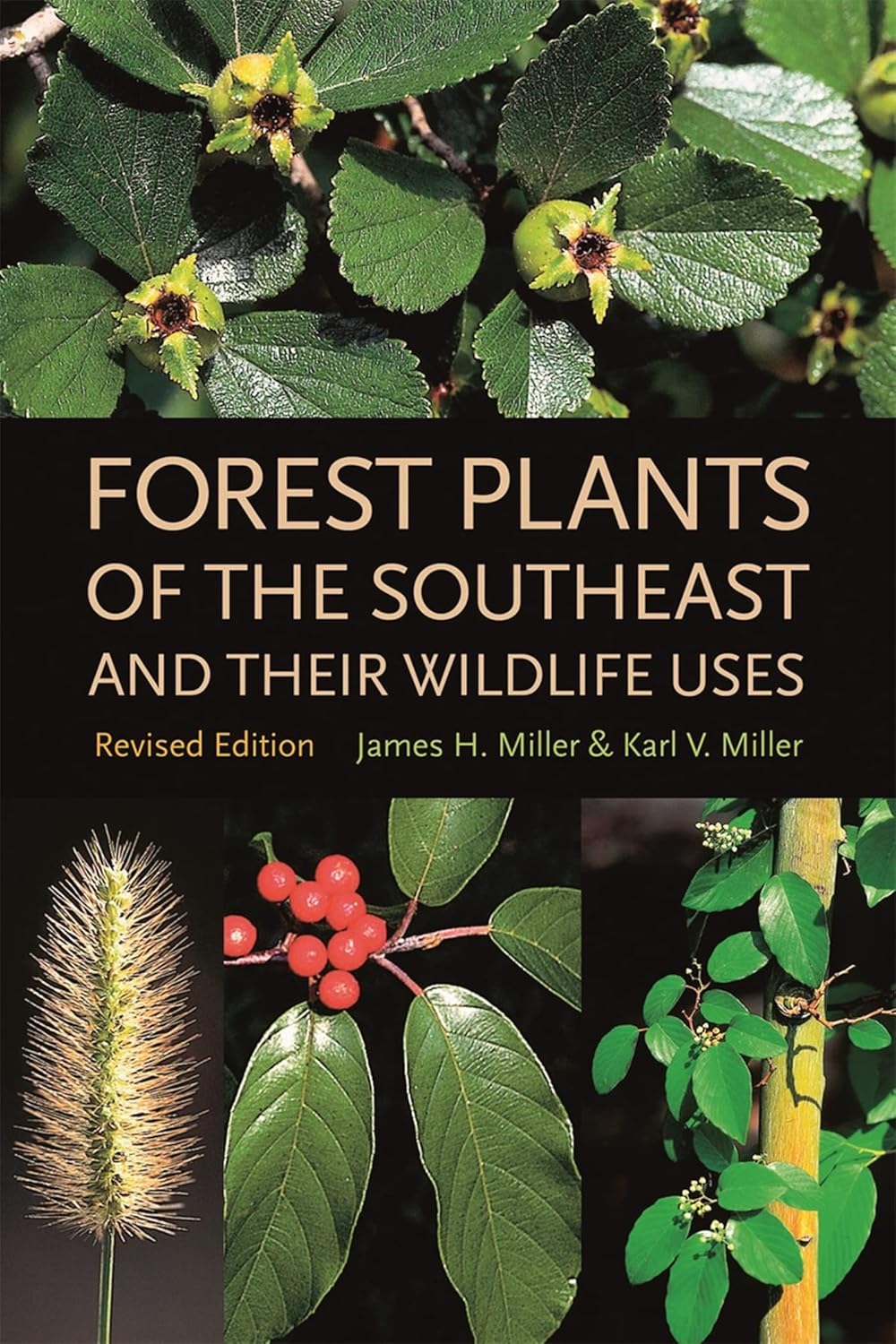
Forest Plants of the Southeast and Their Wildlife Uses Paperback by James H. Miller (Author) and Karl V. Miller (Author)
This guide to common and unique plants found in forests of the Southeast thoroughly covers 330 species of forbs (herbaceous plants), grasses, vines, and shrubs, with a special emphasis on the plants’ role in wildlife sustenance. Packed with detailed color photographs, the book is a must-have for forest landowners, game and wildlife managers, biologists, outdoors enthusiasts, students―anyone with an interest in the intricate and often unexpected interrelationships between the flora and fauna of our region’s forests.
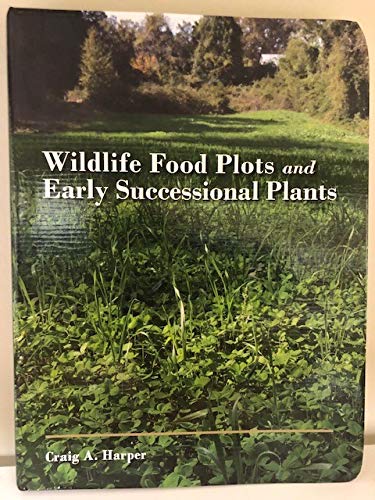
Wildlife Food Plots and Early Successional Plants by Dr. Craig A. Harper (Author), Karl V. Miller (Foreword)
This is the ultimate guide for managers of deer habitat and food plots, and it covers management tips for other species like turkeys, quail, waterfowl and small game.

Biology and Management of White-tailed Deer by David G. Hewitt (Editor)
Biology and Management of White-tailed Deer organizes and presents information on the most studied large mammal species in the world. The book covers the evolutionary history of the species, its anatomy, physiology, and nutrition, population dynamics, and ecology across its vast range (from central Canada through northern South America). The book then discusses the history of management of white-tailed deer, beginning with early Native Americans and progressing through management by Europeans and examining population lows in the early 1900s, restocking efforts through the mid 1900s, and recent, overabundant populations that are becoming difficult to manage in many areas.
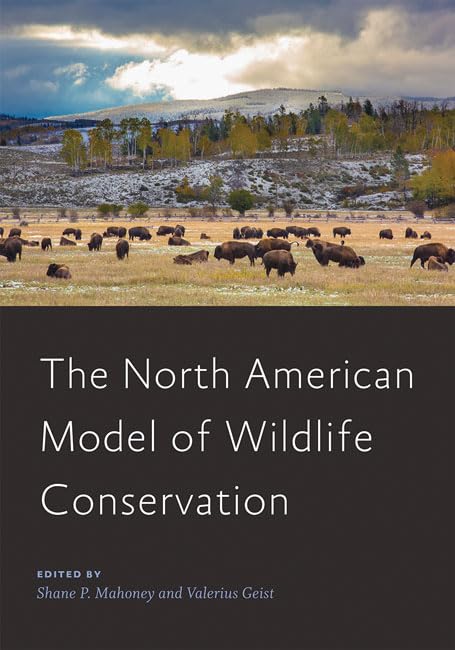
The North American Model of Wildlife Conservation by Shane P. Mahoney (Editor), Valerius Geist (Editor)
At the end of the nineteenth century, North America suffered a catastrophic loss of wildlife driven by unbridled resource extraction, market hunting, and unrelenting subsistence killing. This crisis led powerful political forces in the United States and Canada to collaborate in the hopes of reversing the process, not merely halting the extinctions but returning wildlife to abundance. While there was great understanding of how to manage wildlife in Europe, where wildlife management was an old, mature profession, Continental methods depended on social values often unacceptable to North Americans. Even Canada, a loyal colony of England, abandoned wildlife management as practiced in the mother country and joined forces with like-minded Americans to develop a revolutionary system of wildlife conservation. In time, and surviving the close scrutiny and hard ongoing debate of open, democratic societies, this series of conservation practices became known as the North American Model of Wildlife Conservation.
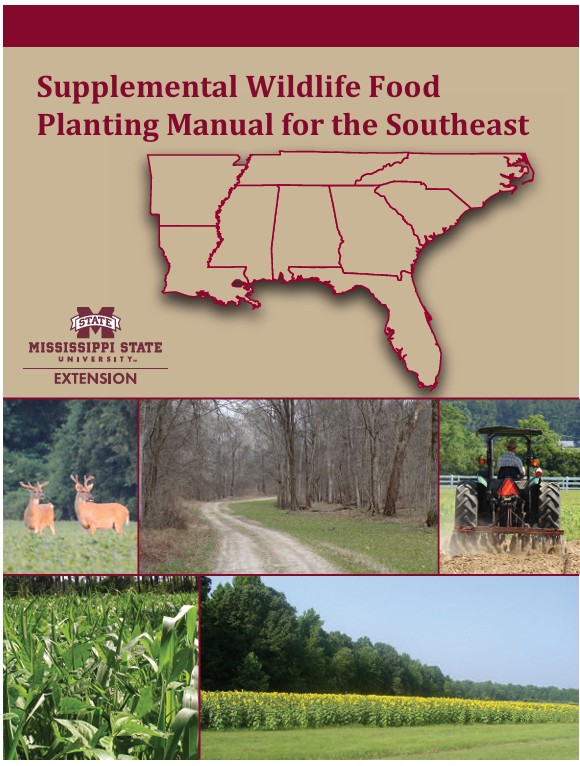
Supplemental Wildlife Food Planting Manual for the Southeast by Mississippi State University Extension Service
Wildlife species require suitable areas to survive and increase population numbers. These areas must provide the food, cover, and water needs of different animal species. Together, these components create an animal’s habitat. This publication provides information about wildlife habitat management techniques and food plantings that will increase natural food production and supplement the diets of game species. Supplemental food plantings are not to be considered an alternative to sound habitat management practices. Management of native vegetation, from forbs (broadleaf weeds) and grasses to mature trees, impacts habitat quality much more than any food planting or supplemental efforts. This publication is written to help landowners, recreation clubs, and hunters in the southeastern United States better manage habitats for white-tailed deer, eastern wild turkey, bobwhite quail, mourning dove, rabbits, and various waterfowl species. It briefly reviews wildlife habitat and food planting management techniques to increase natural food production and supplement the diets of game species. Also, these same techniques benefit many nongame wildlife species. Information in this guide is based on proven wildlife management techniques, experience of wildlife managers, and ongoing wildlife research. (PDF LINK)
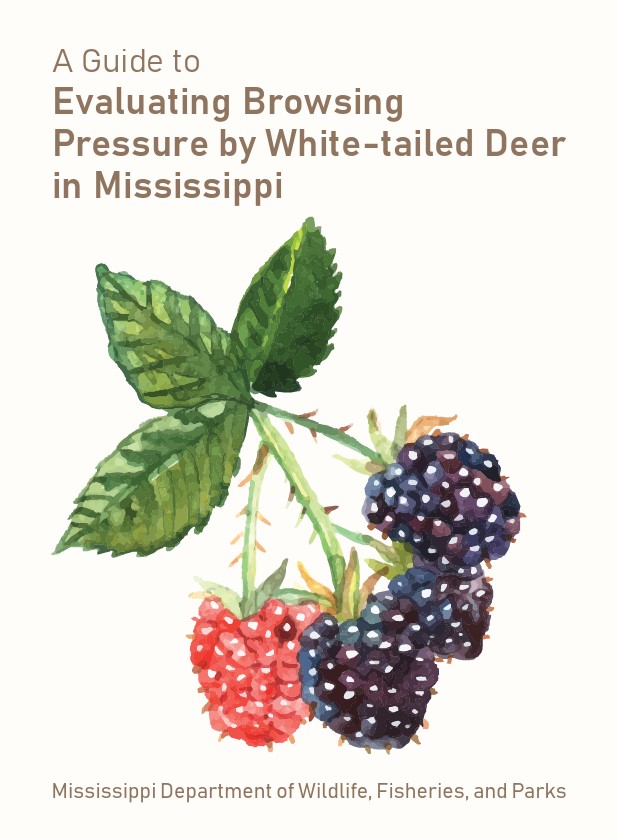
A Guide to Evaluating Browsing Pressure by White-tailed Deer in Mississippi by Mississippi Department of Wildlife, Fisheries and Parks - Wildlife Private Lands Program Staff
(PDF LINK)